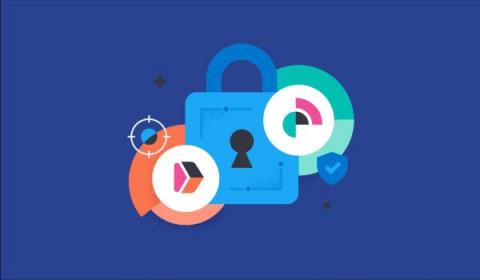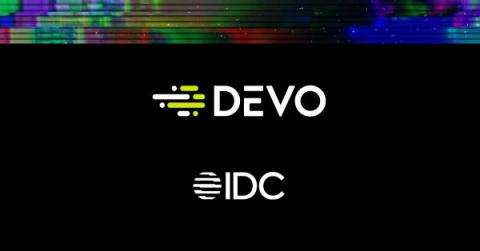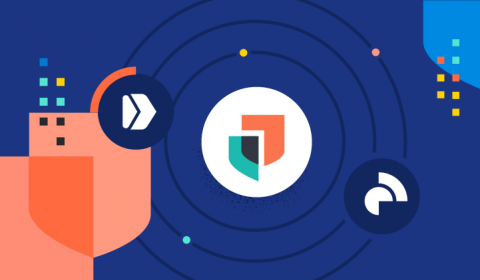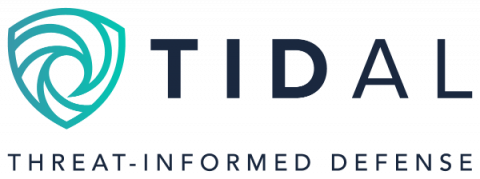Security | Threat Detection | Cyberattacks | DevSecOps | Compliance
Latest News
Elastic Security maintains Product Approved status for AV-Comparatives
Devo Recognized as a Major Player by IDC MarketScape
SIEMs have come a long way since they first debuted in the security operations center (SOC) well over a decade and a half ago. Today, next-gen SIEMs are far more advanced than early systems, which merely gathered and logged data from different sources. Now, SIEM software can deliver comprehensive insight into network security and data protection by looking for anomalous activity that could indicate compliance, performance and security issues.
Elastic named a Leader in The Forrester Wave: Security Analytics Platforms, Q4 2022
Elastic + Tidal making MITRE ATT&CK easier
3 cybersecurity strategies for healthcare leaders in a digital-first world
Splunk Named a Leader in the 2022 IDC MarketScape for SIEM
Splunk has been named a Leader in the IDC MarketScape: Worldwide SIEM 2022 Vendor Assessment (doc #US49029922, November 2022). We believe this recognition is a testament to our commitment to delivering a best-in-class, data-centric security analytics solution that helps our customers accelerate threat detection and investigations, and achieve cybersecurity resilience.
Sysdig Secure-Google Chronicle Integration - Why, What and How
Cloud adoption and digital transformation have enlarged attack surfaces that can be exploited by malicious actors to harm your organization. Traditional SIEMs and EDRs fall short as they are not cloud-native and also difficult to scale. Further, there are inherent fixed costs that need to be considered when adopting any modern threat detection apparatus.
Four Elements Security Leaders Must Consider When Building an Autonomous SOC
The SOC is changing. And to keep cybercriminals from wreaking havoc, security teams must mature their security operations to derive more value from the systems, tools, and data at their disposal. To do so, organizations are increasingly automating more SOC tasks and have long-term plans to build autonomous SOCs to augment their security analysts.
Defining Autonomous SOC: How Tomorrow's SOC will Augment Analysts
It’s an ever-changing and ever-evolving threat landscape out there today. Bad actors are smarter, more sophisticated, and better at evading detection. Security teams are also facing a barrage of overwhelming information, continually expanding the stream of alerts that must be reviewed, triaged and investigated.










